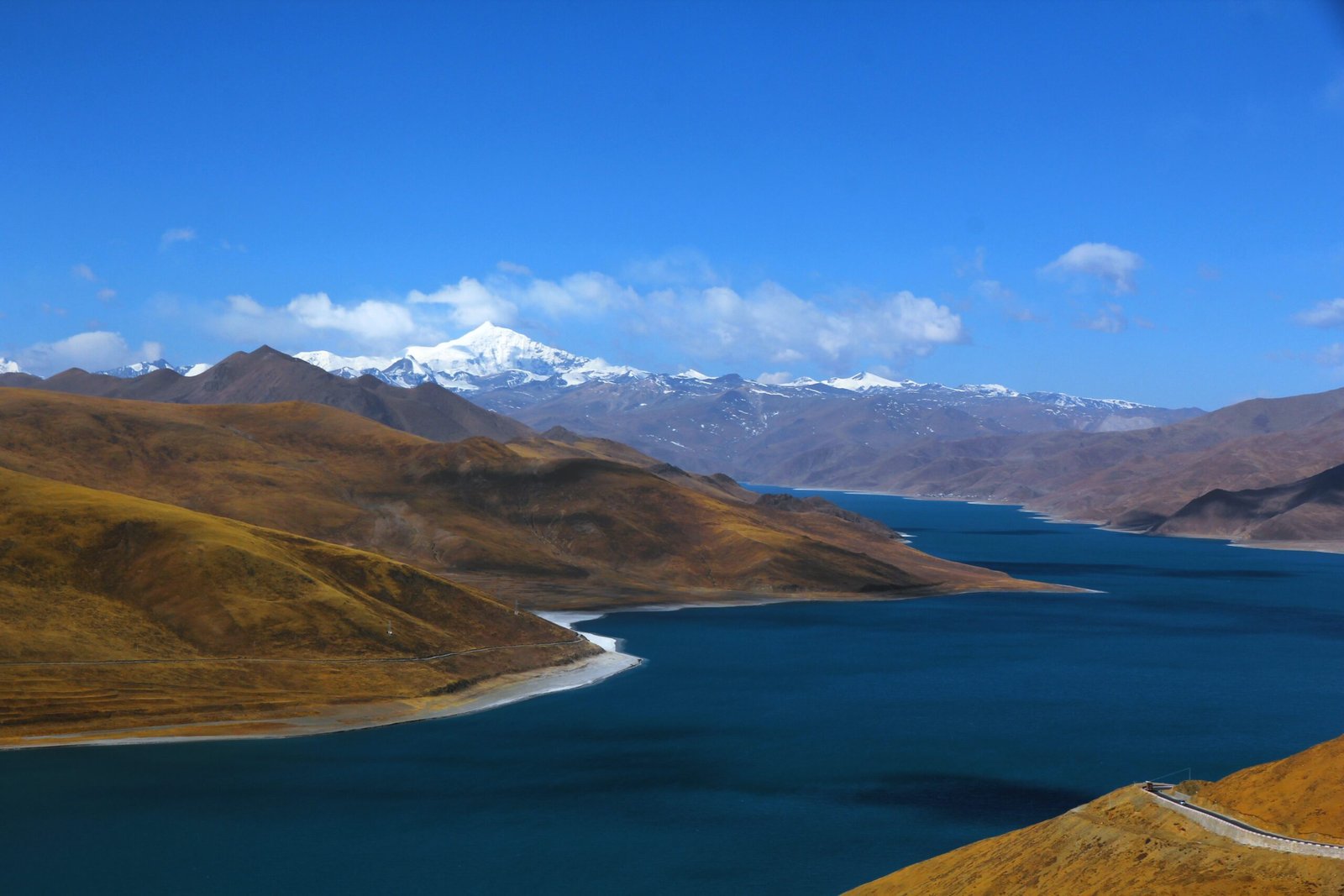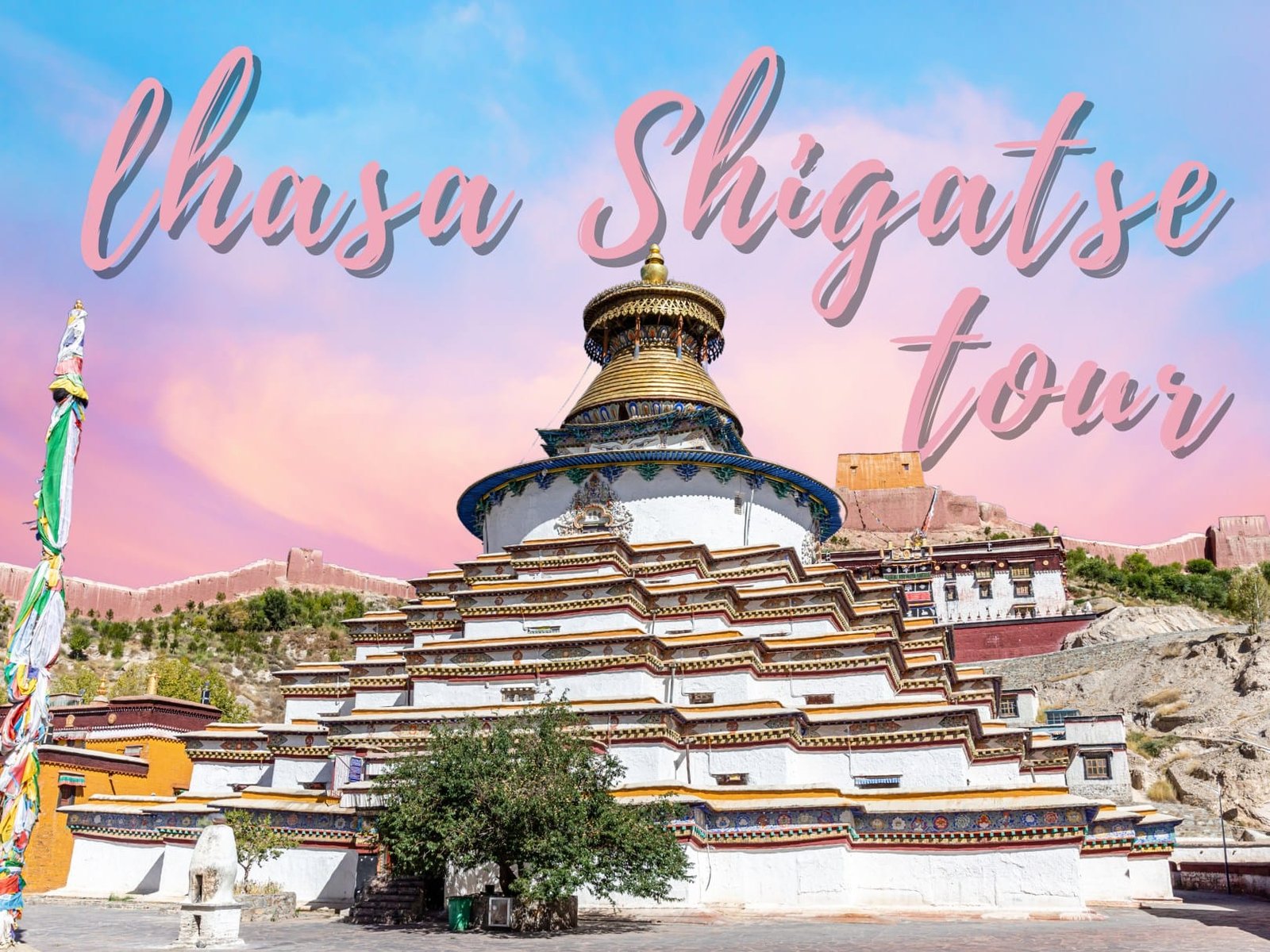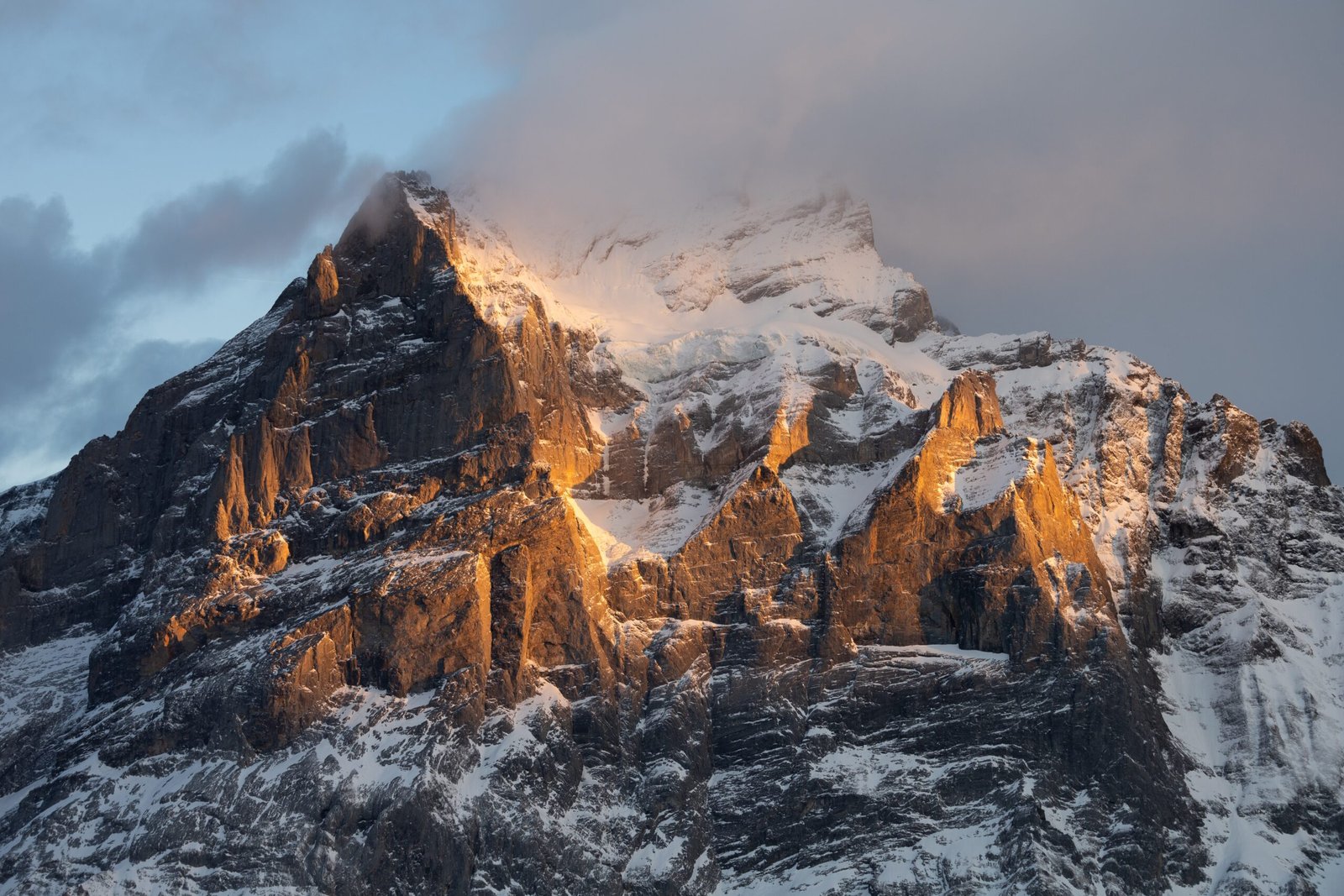Exploring Tibet: A Journey Through the ‘Roof of the World’
Join us as we embark on a captivating journey through Tibet, a land renowned for its stunning landscapes, rich cultural heritage, and profound spiritual essence.
The Lhasa River: A Symbol of Life and Beauty
- Heart of Tibet: Upon entering Tibet, one of the first sights to greet you is the magnificent Lhasa River. Flowing gracefully through the region, it is much more than just a river; it’s a lifeline for the local communities.
- Spectacular Vistas: The Lhasa River’s crystal-clear waters offer not just sustenance but also breathtaking beauty. Journeying along its banks, you’ll be enveloped in an atmosphere of peace, with the river’s tranquil presence enhancing the surrounding landscape’s serenity.
Gonggar Shedrup Ling: Gateway to Tibetan Wonders
- First Touchpoint in Tibet: Gonggar Shedrup Ling, located just outside Lhasa, is more than just an airport. It’s your gateway to the mystical world of Tibet.
- Modern Meets Traditional: As you arrive, the Tibetan Plateau’s majestic beauty immediately captures your attention. The airport stands as a symbol of Tibet’s progression towards modernity, harmoniously blended with its deep-rooted cultural traditions.
A Land of Diverse Attractions
- Tibet, often called the “Roof of the World,” is a treasure trove of diverse attractions. From the sacred Palkor Choede Monastery, a beacon of Tibetan Buddhism, to the enchanting natural wonders like the Yamdrok Lake and the Everest Base Camp, each site in Tibet tells a story of its rich history and spiritual depth.
Tibet offers a journey that transcends mere sightseeing. It’s an exploration of a region filled with natural wonders and cultural richness, inviting travellers from across the globe to experience its unique charm and spiritual tranquillity. Whether you’re gazing at the Lhasa River’s sparkling waters or marvelling at the architectural splendour of its ancient monasteries, Tibet promises an unforgettable adventure.
The Enigmatic Beauty of Tibet’s Yarlung Tsangpo and Beyond
Embark on a journey through Tibet’s heartland, exploring the Yarlung Tsangpo River’s vast expanse, the high-altitude wonders of Gampala and Yamdrok, and the historical depths of Nagartse and the Karola Glacier.
Yarlung Tsangpo: Asia’s Mighty River
- Epic Journey: The Yarlung Tsangpo, also known as the Brahmaputra, stretches an impressive 2,800 kilometres, carving a path through Tibet’s rugged landscape.
- Scenic Splendor: Along its course, the river offers numerous spots for breathtaking views. The vistas here are a photographer’s dream, with the river’s winding path framed by the stark beauty of Tibet.
- Wildlife Watch: As you travel along the river, keep an eye out for the region’s unique fauna, including yaks, sheep, and the majestic Tibetan Mastiff, embodying the spirit of the Tibetan plateau.
Gampala Pass: A Photographer’s Haven
- Altitude with Attitude: At 4,900 meters, Gampala Pass stands as a lofty vantage point offering panoramic views of snow-capped peaks.
- Photographic Opportunity: For photography enthusiasts, Gampala Pass provides endless opportunities to capture the essence of Tibet’s high-altitude landscapes.
Yamdrok Lake: Turquoise Tranquility
- High-Altitude Gem: Yamdrok, a stunning high-altitude lake at 4,500 meters, enchants with its turquoise waters set against snow-laden mountains.
- Visual Masterpiece: The lake’s serene beauty and the picturesque setting make it a highlight for anyone traversing the Tibetan landscape.

Nagartse and the Karola Glacier: Historical and Natural Wonders
- Cultural Crossroads: Nagartse, known as the birthplace of the mother of the fifth Dalai Lama, offers a deep dive into Tibet’s rich history and culture.
- Glacial Grandeur: Nearby lies the Karola Glacier, the source of the Nyangchu River. Its icy blue tones and impressive size make it a mesmerizing sight for visitors.
A journey through these parts of Tibet is not just a trip—it’s an exploration of a diverse and captivating landscape. From the flowing majesty of the Yarlung Tsangpo to the tranquil beauty of Yamdrok Lake and the historical resonance of Nagartse, each step is a discovery of Tibet’s soul. As you witness the imposing Karola Glacier and traverse the heights of Gampala, the memories of Tibet’s natural splendour and cultural richness will stay with you long after your journey ends.
Exploring Tibet’s Unique Cultural and Natural Treasures
Tibet’s landscape is not just a feast for the eyes but also a cultural tapestry, weaving together spirituality, tradition, and nature’s bounty.
The Allure of ‘Fake Crystal’ in Tibetan Culture
- Cultural Souvenirs: While travelling in Tibet, you might come across ‘fake crystal’ or man-made quartz. These artificial crystals are popular souvenirs, skillfully crafted to mimic natural crystals.
- Spiritual Significance: Despite not being natural, these crystals hold cultural and spiritual importance for the Tibetan people, often used in traditional practices and as decorative items.
Nochen Kangsang: A Sacred Mountain
- Majestic Heights: Nochen Kangsang, a revered sacred mountain, stands tall at 7,000 meters. Its snow-clad peaks and grand stature make it a symbol of natural wonder and spiritual significance.
- A Destination for Adventurers: For mountaineers and nature lovers, Nochen Kangsang offers a challenging yet rewarding experience, allowing visitors to connect with the raw beauty of the Tibetan highlands.
Manak Lake: An Oasis of Serenity and Sustainability
- Hydro Power and Natural Beauty: Manak Lake is not just a picturesque spot but also a crucial hydropower station, contributing to the region’s sustainable energy needs.
- A Haven for Tranquility: The lake offers a peaceful retreat for visitors, surrounded by stunning landscapes that reflect the harmonious balance between nature and human innovation.
Water Reservoirs: Lifelines of Tibetan Villages
- The essence of Prosperity: The water reservoirs around Manak Lake play an indispensable role in the irrigation of nearby villages, ensuring their agricultural prosperity.
- Visiting the Heartlands: These reservoirs offer a glimpse into the rural life of Tibet, where traditional farming practices are sustained by the nurturing hands of nature.
Tibet is an exploration of both its natural splendours and its cultural depth. From the unique ‘fake crystals’ that adorn local markets to the sacred heights of Nochen Kangsang and the tranquil waters of Manak Lake, each element of this land tells a story of Tibet’s rich heritage and its people’s connection to the environment. As you wander through this mystical land, the blend of spirituality, tradition, and natural beauty creates an unforgettable experience.
Tibet’s Cultural and Historical Tapestry: From Gyangtse Dzong to Panam County
Embark on a journey through Tibet, where each step unveils a chapter of its rich history and cultural splendour.
Gyangtse Dzong: A Fortress of History
- Architectural Marvel: The Gyangtse Dzong stands as a proud testament to Tibet’s historical grandeur. This ancient fortress captures the essence of Tibetan architectural mastery.
- Cultural Immersion: Near the Dzong, the old market street beckons with its lively atmosphere. Here, you can delve into Tibetan culture, discovering traditional handicrafts and a vibrant local life.
Palkor Choede Monastery: A Blend of Traditions
- Architectural Harmony: Located in Gyangtse, the Palkor Choede Monastery is a unique religious site where Tibetan, Han, and Nepali architectural styles converge.
- Buddhist Treasure Trove: The monastery houses an extensive collection of statues, thangkas, and scriptures, offering a deep insight into Buddhist art and culture.
The Ruins of Eight Tubo Kings
- Echoes of the Past: These ruins stand as silent witnesses to Tibet’s glorious dynasties, offering a glimpse into the historical saga of the Tubo kings.
- Historical Exploration: A visit to these ruins is a journey back in time, providing a tangible connection to Tibet’s ancient civilizations and their enduring legacies.
Panam County: Barley Fields of the Highlands
- Agricultural Heartland: Panam County, set in the picturesque highlands, is renowned for its barley cultivation, a staple of Tibetan cuisine.
- Cultural and Gastronomic Insight: The high-quality barley grown here is used in traditional Tibetan dishes like tsampa and butter tea, offering a taste of the region’s culinary heritage.
Tibet’s landscape is a mosaic of natural beauty and historical landmarks, from the commanding presence of Gyangtse Dzong to the spiritual serenity of Palkor Choede Monastery and the rustic charm of Panam County. Each destination in this mystical land not only captivates with its beauty but also tells a story of Tibet’s rich cultural and historical tapestry. A visit to Tibet is an immersive experience that combines scenic marvels with deep cultural insights, leaving visitors with memories that resonate with the spirit of this ancient land.


